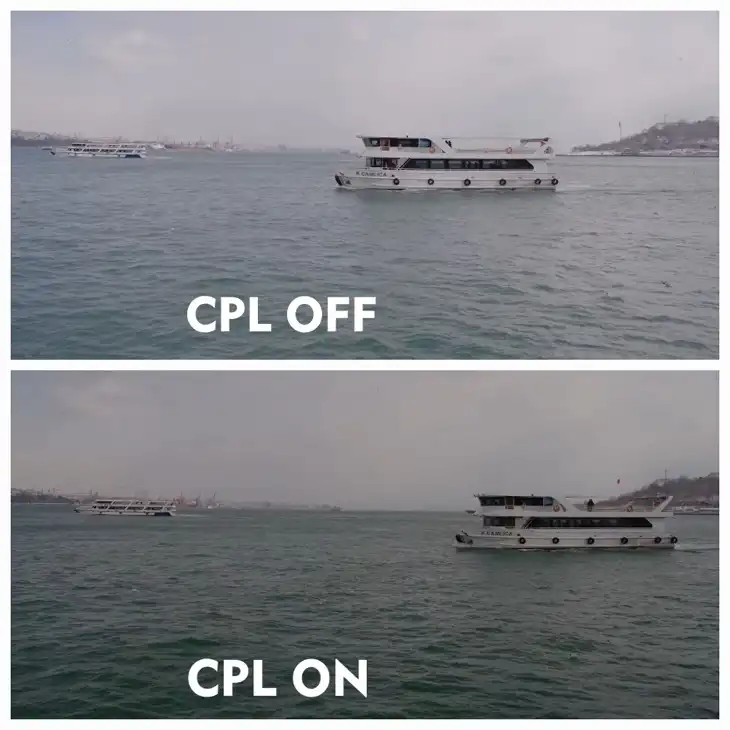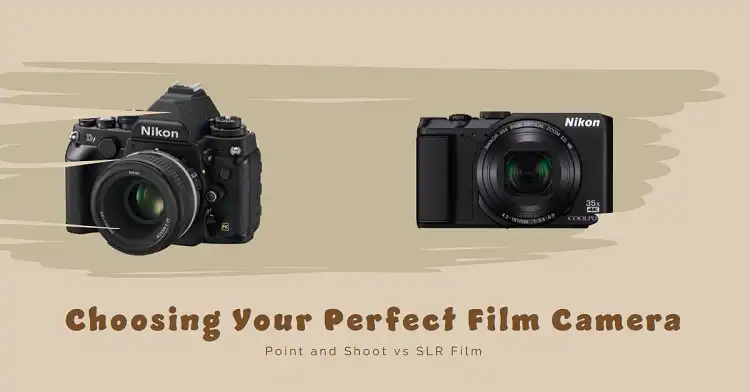CPL Filter vs. ND Filter: Which One Do You Need?
Capturing stunning visuals often goes beyond choosing the right camera and lens—it’s about controlling light. Two essential tools for this are the CPL (Circular Polarizer) filter and the ND (Neutral Density) filter.
Each serves a unique purpose: a CPL filter cuts reflections and enhances colors, while an ND filter allows for creative control over exposure in bright conditions. This article is a deep dive into what makes each filter unique, when to use them, and how to decide which is better for your needs.

CPL Filters
A CPL filter, or Circular Polarizer, is a versatile tool that modifies how light enters your camera by filtering out polarized light. It helps to reduce reflections, enhance color saturation, and improve contrast, especially in outdoor photography.
The filter consists of two layers: one polarizing layer and another that allows you to rotate it to control the amount of polarized light entering the lens.
What Is the CPL Filter Best For?
A CPL filter excels in various situations, particularly for outdoor photography. Here’s a closer look at its applications:
1. Reducing Reflections
CPL filters are highly effective in cutting down reflections on water, glass, and other shiny surfaces. This allows photographers to capture what lies beneath the surface of water or shoot through glass without distracting glare.

2. Enhancing Sky and Clouds
The filter deepens the color of the sky and increases the contrast between clouds and the sky, making landscapes more dramatic and vibrant.
3. Improving Color Saturation
By minimizing reflections and glare, CPL filters boost the natural saturation of colors, making greens, blues, and other hues pop.
4. Minimizing Haze
In hazy conditions, a CPL filter can cut through the haze and bring out more details in distant landscapes.

ND Filters
An ND filter, or Neutral Density filter, reduces the amount of light entering the camera without altering color balance. It’s like putting sunglasses over your lens, allowing for longer exposures and wider apertures even in bright conditions. ND filters come in varying strengths, measured in stops, which indicate how much light they block.
What Is the ND Filter Best For?
ND filters are ideal for situations where controlling exposure is essential. Their main uses include:
1. Long Exposure Photography
ND filters enable long exposure shots, which blur moving elements like water, clouds, or crowds while keeping stationary subjects sharp. This creates a sense of motion and ethereal beauty.
2. Shooting in Bright Conditions
They help manage exposure when shooting in bright daylight, allowing for wide apertures and shallow depth of field without overexposing the image.

3. Smoothing Waterfalls and Rivers
By reducing light, ND filters allow you to capture smooth, silky water effects in streams, rivers, and waterfalls.

4. Creative Motion Blur
Photographers can creatively blur elements like people walking, cars driving, or clouds moving across the sky.
What Is the Difference Between CPL and ND Filters?
While both CPL and ND filters influence light, their functions and effects are fundamentally different. Here’s a comparison:
| Feature | CPL Filter | ND Filter |
| Purpose | Reduces Reflection, enhances color | Reduces light to control exposure |
| Effect on color | Increases color saturation | No impact on color |
| Use in water scenes | Cuts reflections, improves visibility | Smoothens water motion |
| Best for | Outdoor, landscape, and sky shots | Long exposure and bright conditions |
| Light control | Filters polarized light | Reduces overall light entering lens |
| Rotation needed | Yes, to adjust polarization effect. | No |
Which Is Better: CPL Filter or ND Filter?
Choosing between a CPL and ND filter depends on your creative goals and shooting conditions. Here’s a breakdown:
For Images
- CPL filters are better for landscape photography, reducing reflections, and enhancing color and contrast.
- ND filters are ideal for long exposure shots and managing bright light without overexposing.
For Videos
- ND filters are crucial for videographers to maintain consistent shutter speeds in bright conditions.
- CPL filters can be useful for reducing glare and reflections but are less commonly used in video.
When Should You Not Use a CPL Filter?
Avoid using a CPL filter in low-light conditions or when shooting at wide angles that can cause uneven polarization across the frame. It’s also not ideal for scenarios where reflections are desirable, such as capturing shiny surfaces intentionally.
Frequently Asked Questions
Do ND Filters Reduce Quality?
ND filters, when made from high-quality materials, do not reduce image quality. However, low-quality ND filters can introduce color casts or affect sharpness.
Can You Use CPL with ND?
Yes, CPL and ND filters can be stacked together to achieve both polarization and light reduction. However, stacking may introduce vignetting, especially on wide-angle lenses.
Does CPL Filter Block Light?
Yes, a CPL filter blocks some light, typically around 1 to 2 stops. This light reduction should be considered when adjusting exposure settings.
Conclusion
Both CPL and ND filters are invaluable tools for photographers and videographers, each serving distinct purposes. A CPL filter enhances colors and reduces reflections, making it ideal for landscapes and outdoor photography. An ND filter, on the other hand, controls light for creative long exposures and balanced exposure in bright conditions.
Knowing when and how to use these filters can elevate your work, adding depth and creativity to your shots. The choice ultimately depends on your specific needs and creative vision.






